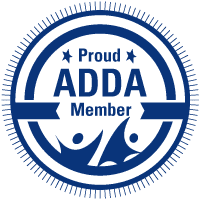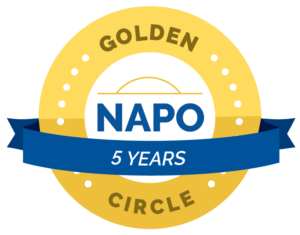I have more than one client that has come to appointments feeling guilty because they took a nap in the middle of their workday, “completely trashing their productivity.”
These clients are entrepreneurs, work from home, and are primarily in control of their destiny. So what’s the big deal? Who’s to know? Whom are they hurting by taking a quick nap in the middle of the day?
As it turns out, not napping is doing more harm than good.
The preconceived notion that a nap was a waste of productive time was holding them back from gaining the actual benefits a nap can bring for these clients.
Here’s some basic information from the Sleep Foundation:
Types of Naps:
- Recovery Nap: These are the kind of naps I hear about the most since sleep is such a challenge for ADHD brains. Sleep deprivation can leave you feeling tired the following day. If you are up late or have interrupted sleep one night, you might take a recovery nap the next day to compensate for sleep loss.
- Prophylactic Nap: Several of my clients are MDs or mental health practitioners that have irregular schedules. This type of nap is taken in preparation for sleep loss. For example, night shift workers may schedule naps before and during their shifts to prevent sleepiness and stay alert while working.
- Appetitive Nap: Although I don’t hear much talk about naps purely for enjoyment’s sake, I’d love to give it a shot. Appetitive naps are taken for the enjoyment of napping. Napping can be relaxing and can improve your mood and energy level upon waking.
- Fulfillment Nap: What Mom or Dad out there hasn’t benefitted from this? Children have a greater need for sleep than adults. Fulfillment naps are often scheduled into the days of infants and toddlers and can occur spontaneously in children of all ages.
- Essential Nap: When you are sick, you have a greater need for sleep. This is because your immune system mounts a response to fight infection or promote healing, and that requires extra energy. Naps taken during illness are considered essential.
How long should we nap? Research has shown that a five-minute “cat nap” is too short to move into a beneficial sleep cycle, but napping for too long can leave you feeling groggy. So, the most common sweet spot is between 10 and 30 minutes.
Some benefits of efficient napping are reducing sleepiness, improving learning, aiding in memory function, and regulating emotions.
All-in-all, the research I’ve found mainly favors well-planned and executed power naps throughout the day. I love the thought that napping is now a productivity hack! 🙂
Go. Put in your earplugs. Put on your eye mask. Set the timer for 30 minutes. Then, rock the super-powers you know you have!
(Although some of the information below contradicts other studies, I thought it was a cool and fun graphic, courtesy of Visually.)

Cindy Jobs
Looking for more information?
Click here for ADHD-friendly Time Management Tools
Click here to schedule a complimentary breakthrough session.
For more helpful information, follow me on Facebook.



Former member:






